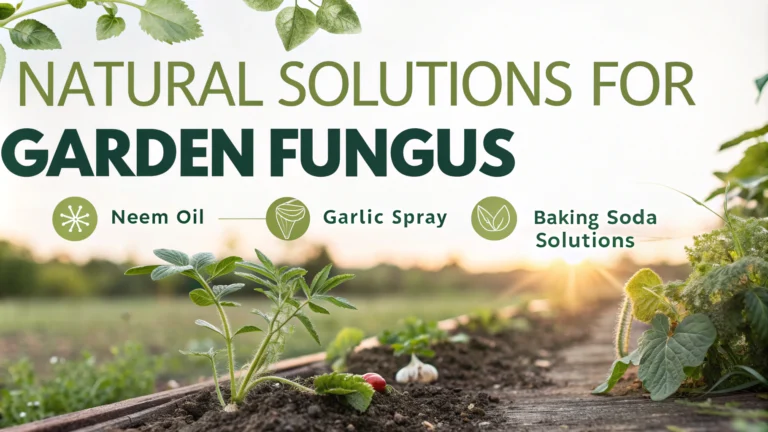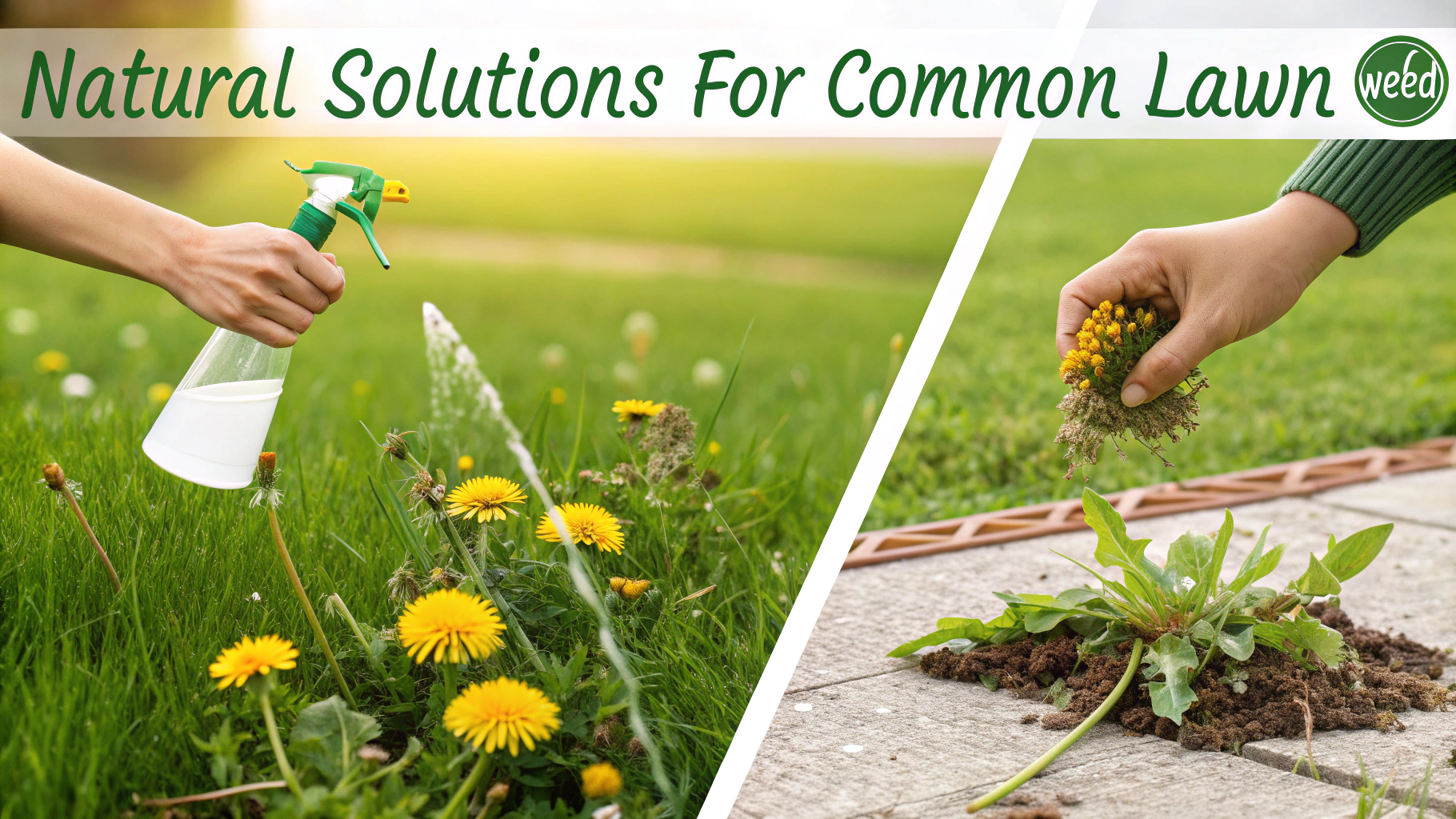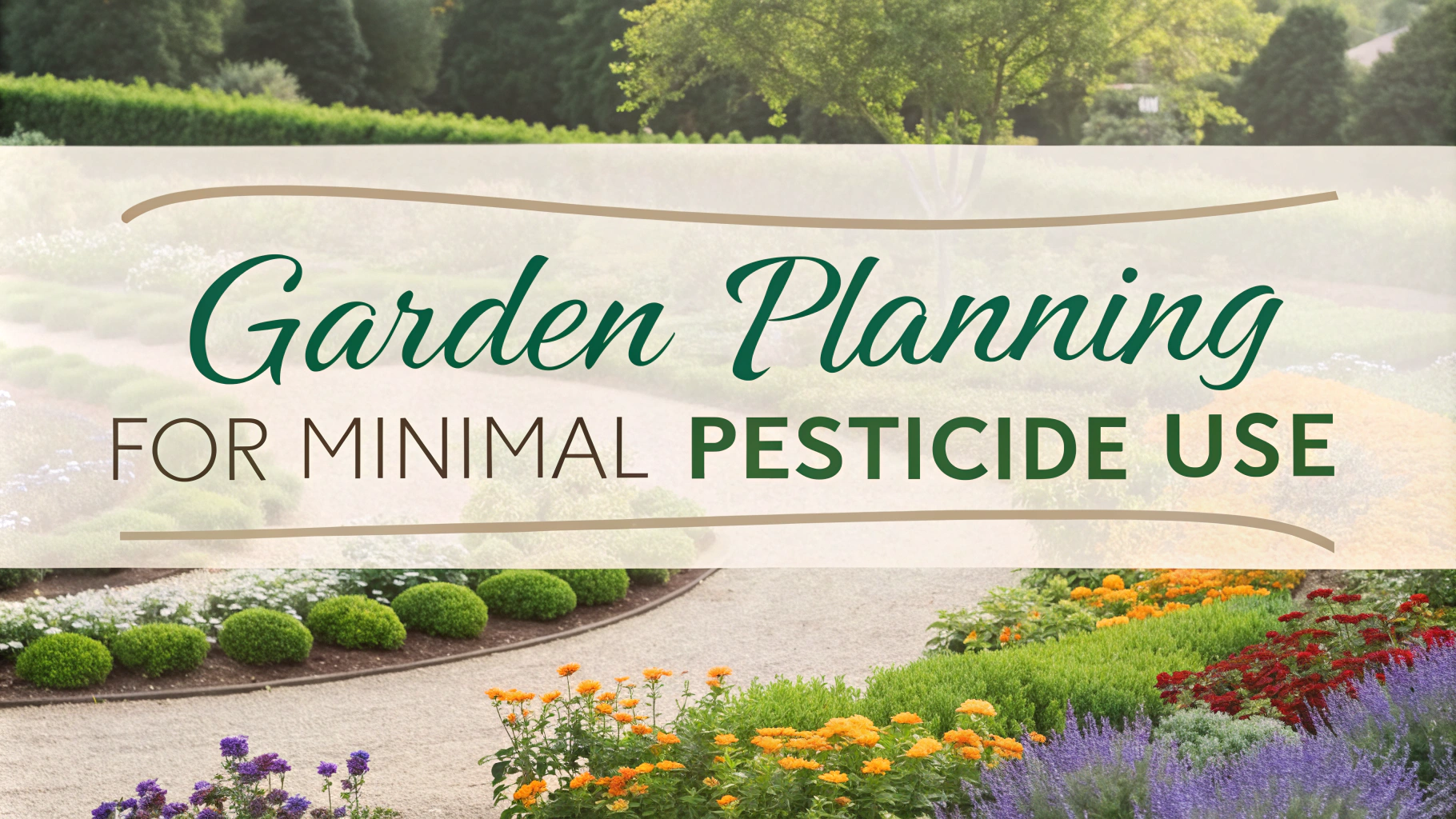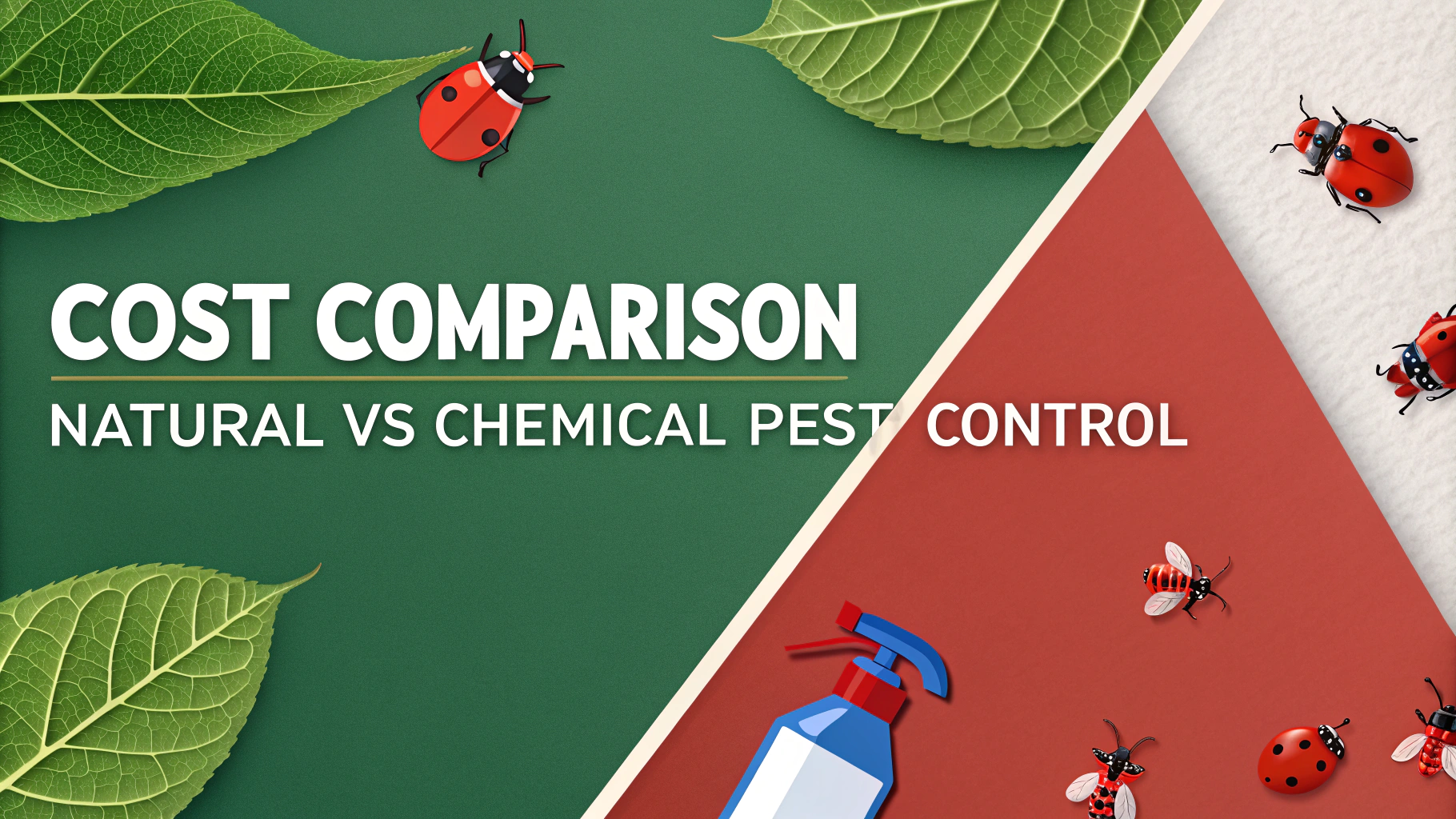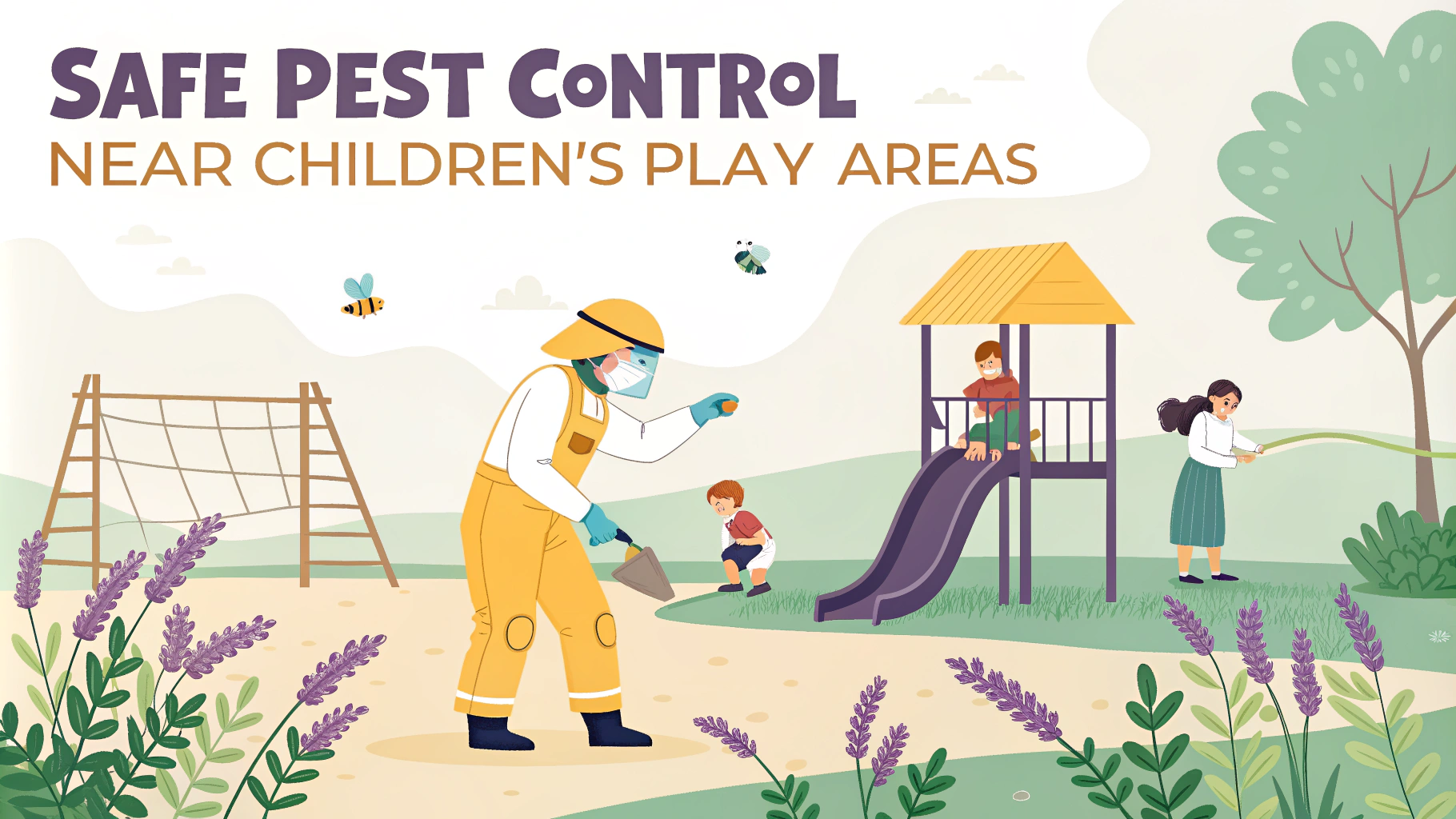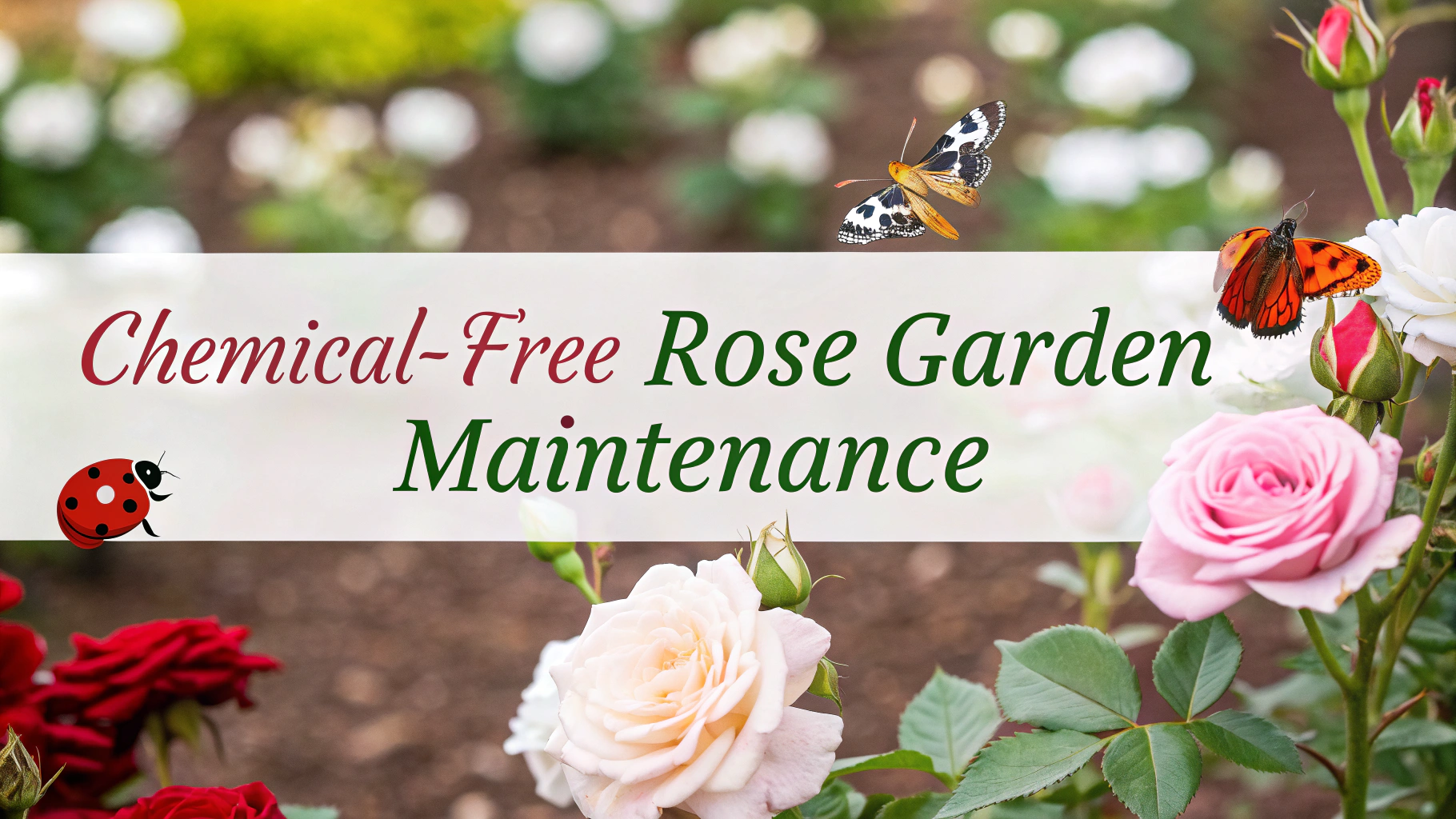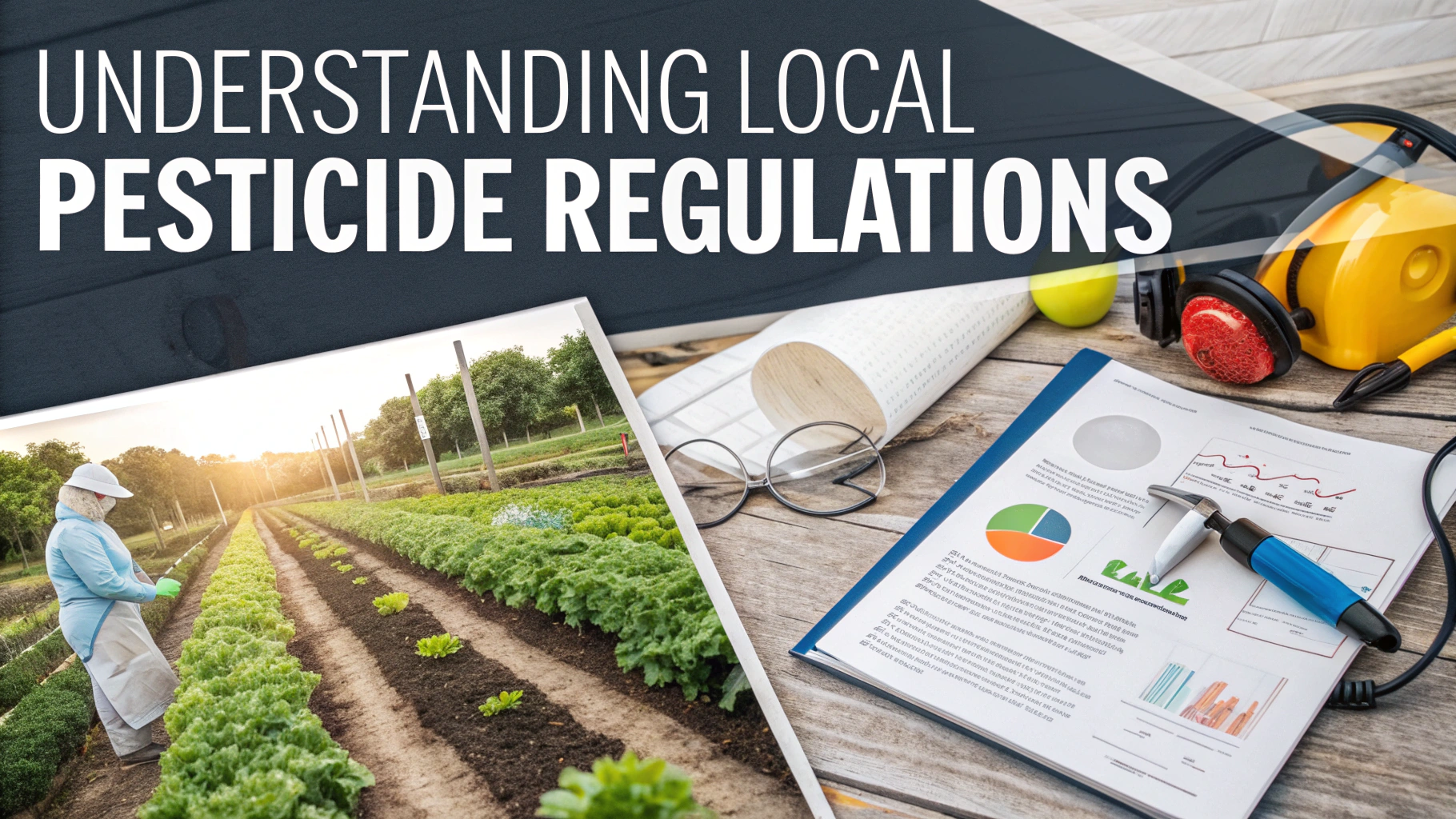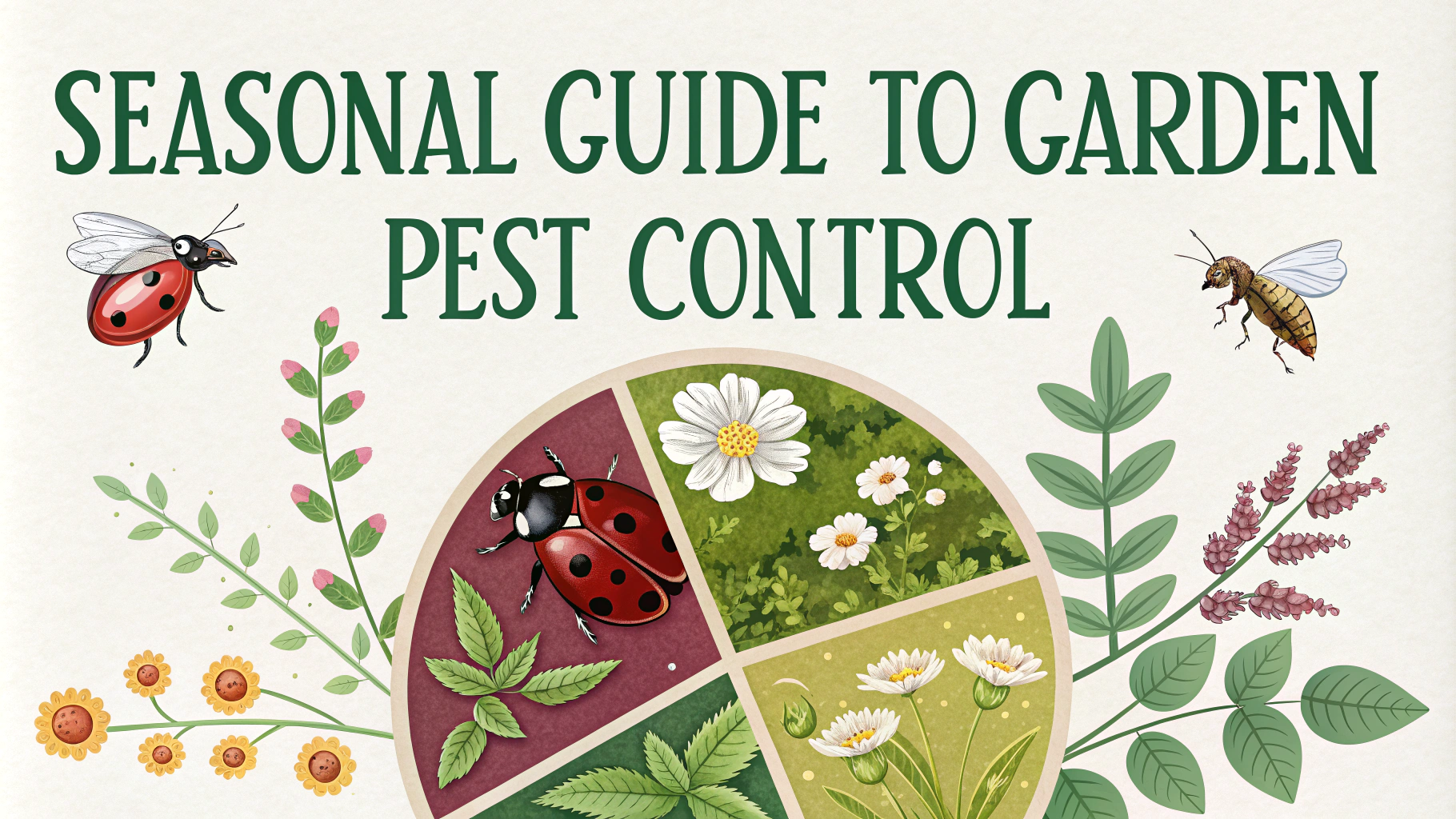Garden fungus can damage or kill plants, but natural solutions offer effective and environmentally-friendly treatment options.
Quick Natural Solutions
- Baking Soda Spray: Mix 1 tablespoon baking soda with 1 gallon water and a few drops of liquid soap
- Neem Oil: Apply a 2% solution mixed with water and mild soap
- Garlic Spray: Blend 6 cloves with 1 quart water, strain and spray
- Apple Cider Vinegar: Use 2-3 tablespoons per gallon of water
Prevention Tips
Proper plant spacing allows adequate air circulation, reducing fungal growth conditions.
Water plants at soil level during morning hours to minimize leaf wetness.
Remove infected leaves and dispose of them away from the garden.
Common Garden Fungi & Solutions
| Fungus Type | Natural Treatment |
|---|---|
| Powdery Mildew | Milk spray (1 part milk to 9 parts water) |
| Black Spot | Chamomile tea spray |
| Root Rot | Cinnamon powder on soil |
Long-term Garden Health
Build healthy soil with compost to strengthen plants’ natural defenses.
Practice crop rotation to prevent fungal diseases from establishing in the soil.
Consider companion planting with naturally antifungal plants like marigolds and garlic.
When to Seek Professional Help
- Fungal infection spreads despite treatment
- Multiple plants show symptoms
- Unusual or severe symptoms appear
Contact your local extension office for specific guidance: Find Your Local Extension Office.
Product Recommendations
- Dr. Earth Final Stop Disease Control Spray
- Garden Safe Brand Fungicide3
- Monterey Complete Disease Control
Note: Always test natural solutions on a small area first and apply treatments during cooler hours.
Additional Treatment Methods
Homemade Fungicidal Sprays
- Potassium Bicarbonate: Mix 1 tablespoon with 1 gallon water
- Essential Oils: Tea tree or lavender oil (10 drops per quart of water)
- Sulfur Spray: Follow package directions carefully
Environmental Controls
Maintain proper humidity levels in greenhouses and indoor growing areas.
Install fans to improve air circulation in enclosed growing spaces.
Use mulch to prevent soil-borne fungi from splashing onto leaves.
Seasonal Maintenance
- Clean and sterilize garden tools between uses
- Conduct regular plant inspections
- Clear fallen debris before winter
- Prune dense foliage to improve airflow
Conclusion
Natural fungus control requires a combination of prevention, monitoring, and timely intervention. Success depends on:
- Early detection and treatment
- Consistent garden maintenance
- Proper cultural practices
- Regular soil health management
Remember to document treatment methods and results for future reference. Adjust strategies based on effectiveness and seasonal conditions.
FAQs
- What are the most effective natural fungicides for garden plants?
The most effective natural fungicides include neem oil, baking soda solutions (1 tablespoon per gallon of water), diluted apple cider vinegar, garlic extract, and compost tea. These solutions can control powdery mildew, black spot, and other common fungal diseases. - How can I prevent fungal growth in my garden naturally?
Maintain proper air circulation between plants, avoid overhead watering, water in the morning, practice crop rotation, and maintain clean garden tools. Adding organic matter to soil also promotes beneficial microorganisms that fight fungal diseases. - Is milk an effective treatment for garden fungus?
Yes, diluted milk (1 part milk to 9 parts water) can be effective against powdery mildew due to its natural antifungal properties and protein content that creates an antiseptic effect when exposed to sunlight. - How often should I apply natural fungal treatments to my plants?
Apply natural fungal treatments every 7-14 days during active infection, preferably in the morning to allow solutions to dry. For prevention, apply every 2-3 weeks during humid conditions or growing seasons. - Can cinnamon be used as a natural fungicide?
Yes, ground cinnamon acts as an effective natural fungicide, particularly for seedlings affected by damping-off disease. It can be sprinkled directly on soil surface or infected areas due to its natural antifungal properties. - What role does proper pruning play in fungus prevention?
Proper pruning removes infected plant material, improves air circulation, reduces humidity around plants, and prevents fungal spore spread. Always clean pruning tools between cuts to prevent cross-contamination. - How effective is hydrogen peroxide in treating garden fungus?
A 3% hydrogen peroxide solution diluted 1:10 with water effectively kills fungal spores on contact while being safe for plants. It’s particularly useful for root rot and other soil-borne fungal issues. - What natural fungal controls work best for tomato plants?
Copper-based sprays, milk solutions, and baking soda mixtures are most effective for tomato fungal diseases. Removing lower leaves and maintaining good air circulation also helps prevent common tomato fungal problems. - Can companion planting help prevent fungal diseases?
Yes, certain companion plants like marigolds, garlic, and onions contain natural antifungal properties. Planting these throughout the garden can help reduce fungal disease pressure naturally. - When should I switch from natural to chemical fungicides?
Consider chemical fungicides only when natural solutions fail to control severe infections that threaten plant survival, or when dealing with aggressive fungal diseases that can quickly spread to other plants.
